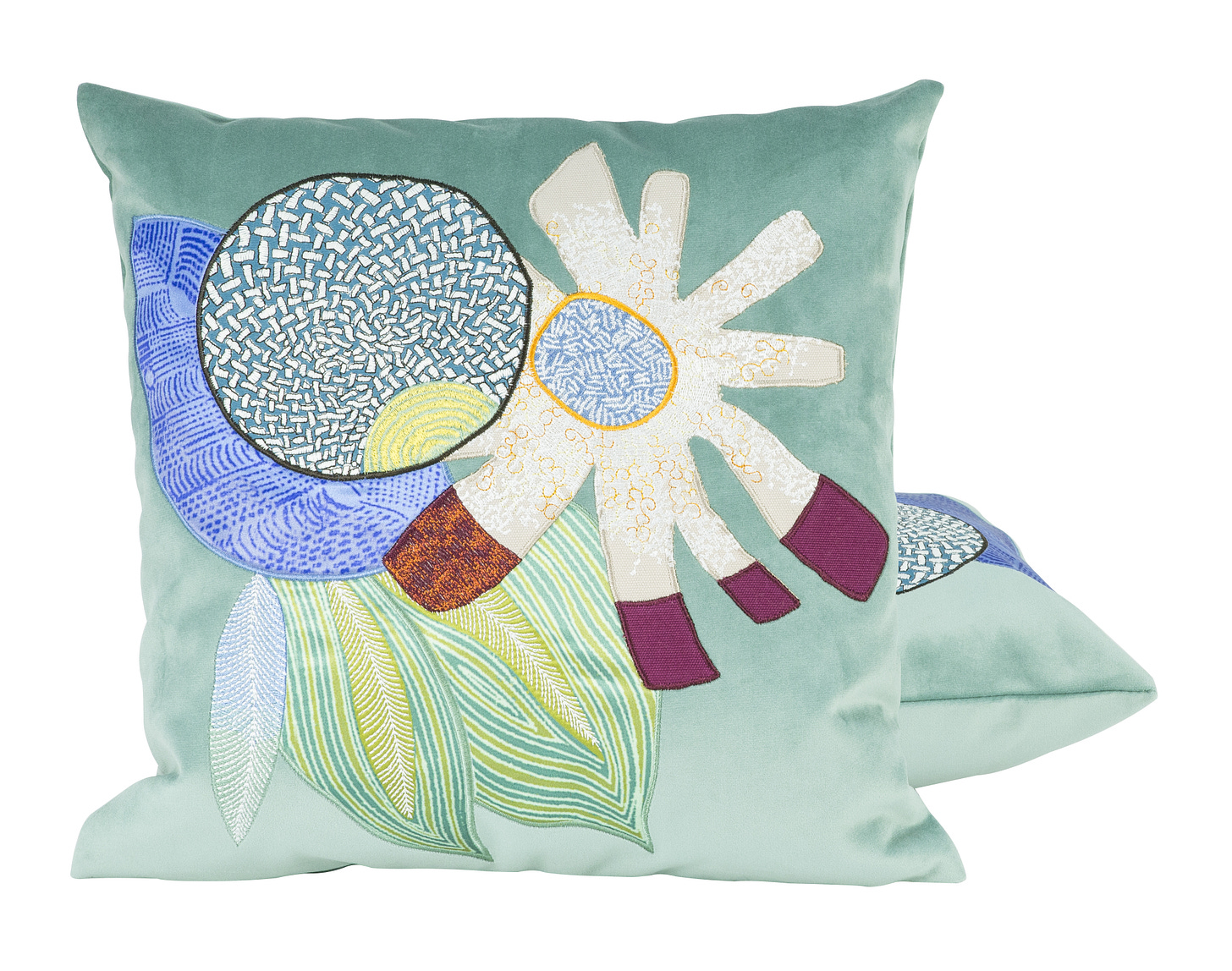A short history of pattern
Pattern holds a mirror up to society, so let’s take a quick dash through history and track its trail to date...

Since the dawn of time humans have decorated their spaces with mark-making; inscriptions and pictures to tell their stories. Whether these were early cave paintings, Egyptian hieroglyphics or the traditional wall art of Burkina Faso, they were also a notation of belonging; ‘patterns’ to signify ownership — a statement from the scribe that ‘this place is mine’.
However, until mankind lived longer than the purported average of 30 years, decoration within a dwelling was not exactly a priority. Any sense of ornament was primarily the preserve of objects rather than interiors — carved amulets, jewellery, platters and pots — with fitness for purpose rather than beauty being the goal. By the 17thand 18thCenturies though, this had shifted with ornamentation becoming a status symbol, the preserve of the elite, and monarchs, alone.
Decoration was a means to show off, of literally having enough wealth to paper your walls with it — consider the Palace of Versailles — and the patterns themselves were determinedly emblematic of pomp and prestige: crests, laurels, crowns and other such representations of heightened hierarchy.

It was around this time that the British furniture maker Thomas Chippendale became the go-to for decorative cabinetry and upholstery, producing extraordinarily detailed confections which owed a large debt to Chinoiserie alongside gilding, ribbons, swirls, scrolls, flowers, cherubs and ancient urns. Following his example, designers increasingly borrowed from anything and everything regardless of provenance or context; a look which persisted into the early 19thCentury.
One only need picture the exotic onion-shaped domes of the Brighton Pavilion, added in 1822 by the architect John Nash, as a prime example. This seaside folly cum pleasure palace for the Prince Regent, with its flamboyantly theatrical interiors by the London decorator John C Crace, plundered the Orient to the English countryside for ideas, and was quite the place to be seen.


But then fashions swing with the regularity of a pendulum, and so this eclectic madness was followed by NeoClassicism: a period of renewed reverence for classical forms.

